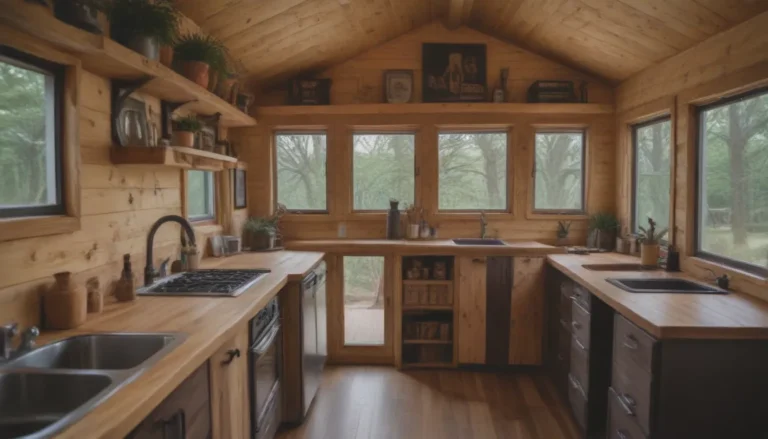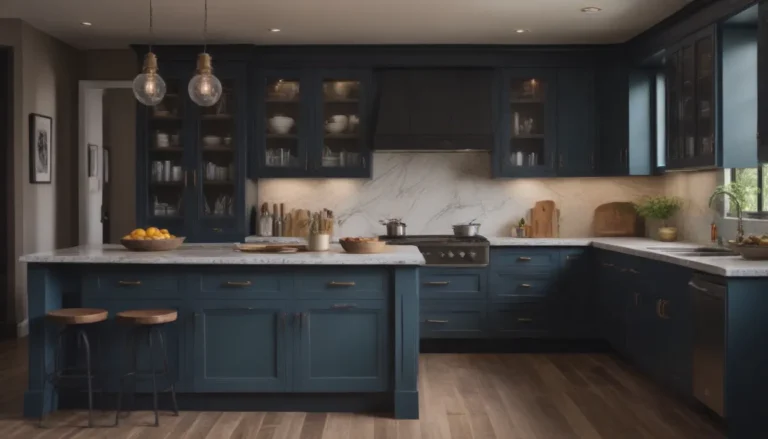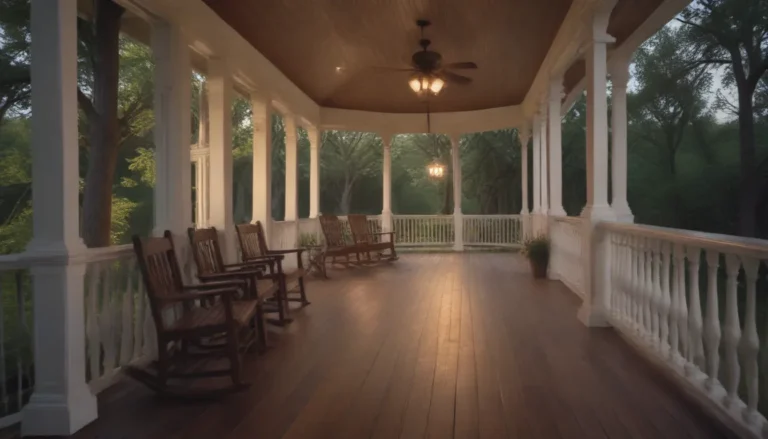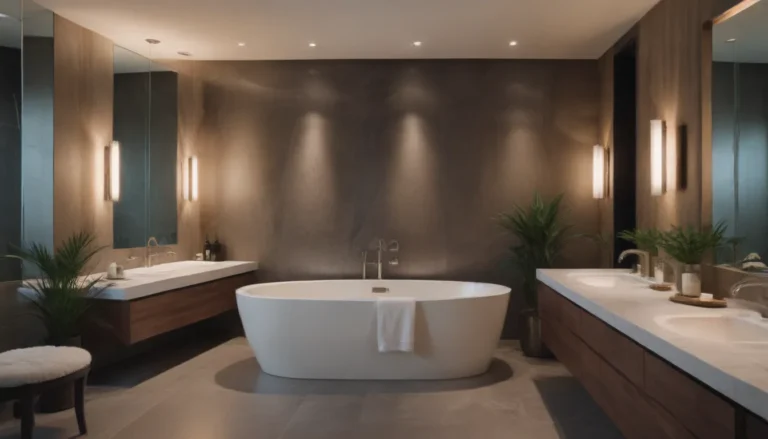Exploring Spanish Colonial Homes: A Detailed Guide
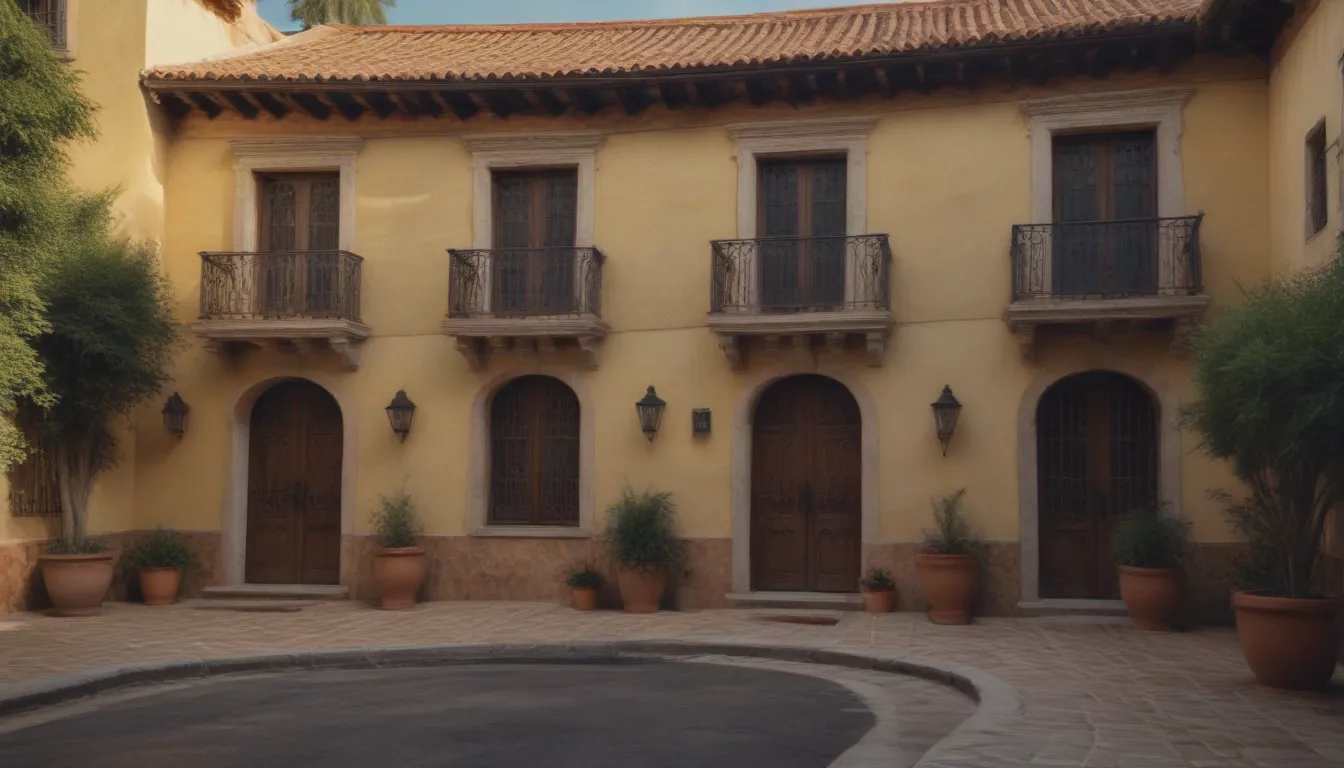
Are you a fan of Spanish-inspired architecture? If so, you’re probably familiar with the timeless appeal of Spanish Colonial homes. These magnificent abodes have a rich history dating back to Spain 500 years ago. In the early 1900s, the Colonial Revival movement brought this classic style to North America, where it quickly gained popularity for its striking white stucco walls, red tile roofs, and beautiful landscaping.
In this comprehensive guide, we’ll delve into the key characteristics of Spanish Colonial homes, exploring different styles, architectural elements, and unique features that make these homes stand out. Whether you’re a homeowner looking to renovate your property or simply an architecture enthusiast, this article will provide valuable insights and inspiration for embracing the beauty of Spanish Colonial design.
Types of Spanish Colonial Architecture
When discussing Spanish Colonial architecture, it’s essential to distinguish between the original style that originated in Spain in the 1500s and the revival style that emerged in North America in the early 20th century. Let’s take a closer look at some of the notable types of Spanish Colonial homes and their defining characteristics:
1. White Brick Spanish Colonial Home
One beautiful example of a Spanish Colonial revival home is owned by Carole Marcotte, an interior designer known for her firm, Form and Function. In this home, white bricks are used instead of traditional white stucco, creating a unique aesthetic. The addition of simple red shutters and arch entrances adds to the old-world charm of the property.
2. Adding a Loggia for Garden Enjoyment
A typical feature of Spanish Colonial homes is the presence of loggias, partially enclosed rooms that open to a garden or yard. These outdoor spaces often feature architectural elements such as fireplaces and arched entrances, connecting the interior of the home to the outdoor surroundings seamlessly.
3. Embracing Private Courtyards and Gardens
Spanish Colonial homes often boast private courtyards and gardens that enhance the overall ambiance of the property. These outdoor spaces are designed to complement the distinctive architecture of the home, with lush native gardens, tree canopies, and colorful flora creating a serene retreat for homeowners.
4. Incorporating Colorful Outdoor Tile
Terra-cotta and colorful tile flooring are common features in Spanish Colonial homes, both indoors and outdoors. These vibrant tiles add a touch of elegance and character to the exterior of the property, creating a cohesive design that ties in with the overall aesthetic of the home.
5. Modern Interpretations of Spanish Colonial Design
While traditional Spanish Colonial homes are steeped in history, modern interpretations of this style continue to evolve. Homeowners and designers are blending contemporary elements with classic Spanish influences, creating unique spaces that honor the heritage of the architectural style while incorporating modern comforts and design trends.
Key Elements of Spanish Colonial Homes
What sets Spanish Colonial homes apart from other architectural styles? Let’s explore some of the key elements that define these iconic properties:
- Thick Walls and Arches: Spanish Colonial homes typically feature thick walls and arched doorways and windows, adding to the structural integrity and visual appeal of the property.
- Red Tile Roofs: One of the most recognizable features of Spanish Colonial homes is the red tile roof, which provides a striking contrast to the white stucco walls and adds a touch of Mediterranean charm.
- Stucco Exterior: The exterior of Spanish Colonial homes is often covered in stucco, a durable and weather-resistant material that helps maintain the integrity of the architecture.
- Iron Accents: Ironwork is a common decorative element in Spanish Colonial design, seen in features such as railings, light fixtures, and window grilles.
- Exposed Wood Beams: Exposed wood beams on ceilings and in outdoor spaces are a hallmark of Spanish Colonial architecture, adding a rustic and authentic touch to the home.
- Warm Color Palette: Spanish Colonial homes often feature a warm and inviting color palette, with earth tones, deep reds, and rich browns creating a cozy and welcoming atmosphere.
Inspirational Examples of Spanish Colonial Homes
Let’s take a closer look at some inspiring examples of Spanish Colonial homes that showcase the beauty and versatility of this architectural style:
1. New Construction with Classic Style
In California, Spanish Colonial architecture is prevalent, thanks to its relaxed and timeless vibe. Interior designer Erika Frank’s newly constructed home embodies the classic style with its thick walls, arches, and red barrel tile roof. The landscaping is designed to thrive in the California climate, with drought-resistant plants adding to the overall sustainability of the property.
2. Renovated Spanish Colonial Mansion
Renovated by Justin Krzyston of Stonehurst Construction, this Spanish Colonial mansion features Juliet balconies that add drama and old-world flair to the property. The integration of interior spaces with the outdoor surroundings creates a seamless flow and enhances the overall livability of the home.
3. Merging Contemporary and Spanish Colonial Influences
Tracy Lynn Studio successfully merged contemporary style with the original Spanish influence in a midcentury ranch home renovation. By incorporating regional vegetation, a long loggia, and a modern color palette, the designers were able to create a harmonious blend of old-world charm and contemporary design.
The Charm of Spanish Colonial Homes
With their timeless appeal, rich history, and distinctive architectural elements, Spanish Colonial homes continue to captivate homeowners and design enthusiasts alike. Whether you’re drawn to the classic beauty of traditional Spanish Colonial design or the modern interpretations that blend old and new, these homes offer a unique blend of elegance, functionality, and warmth.
As you explore the world of Spanish Colonial architecture, consider how you can incorporate some of these key elements and design features into your own home. Whether you’re renovating an existing property or building a new home from scratch, embracing the beauty and style of Spanish Colonial design can create a truly enchanting living space that reflects your personality and tastes.
In conclusion, Spanish Colonial homes are more than just architectural marvels—they are timeless symbols of history, culture, and craftsmanship. By embracing the beauty and elegance of Spanish Colonial design, you can create a living space that exudes warmth, character, and charm, making your home a true sanctuary for you and your family to enjoy for years to come.

